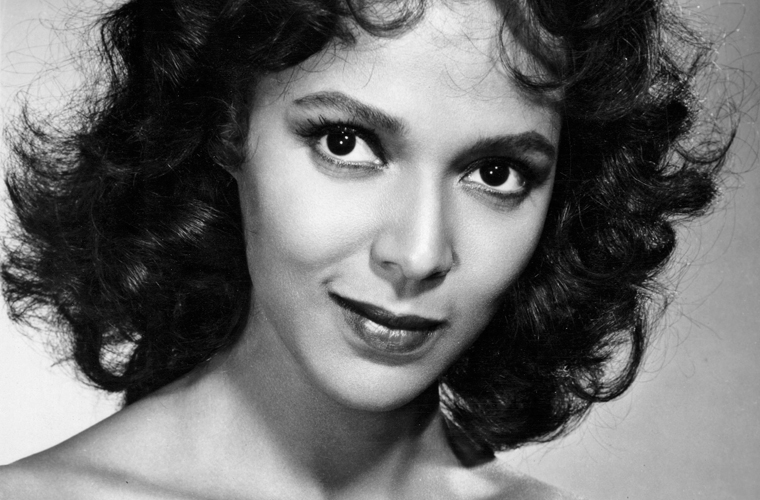Dorothy Dandridge, a name that resonates with elegance and talent, was a trailblazer in Hollywood during the mid-20th century. Born on November 9, 1922, in Cleveland, Ohio, she defied societal norms and paved the way for African-American actors in the entertainment industry. Dandridge’s remarkable journey showcases her resilience, determination, and undeniable talent, making her an icon of her time.
Dandridge’s early life was marked by challenges and hardships. Growing up in a racially segregated America, she faced discrimination and limited opportunities. However, her passion for performing arts and her natural talent propelled her to pursue a career in entertainment. With the support of her mother, Ruby Dandridge, herself an actress, Dandridge began her journey towards stardom. In the 1940s, Dandridge and her sister, Vivian, formed a successful singing and dancing duo known as “The Wonder Children.” They performed in various clubs and theaters across the country, captivating audiences with their charm and talent. This early success laid the foundation for Dandridge’s future endeavors in Hollywood.
Dandridge’s breakthrough came in 1954 when she starred in the film “Carmen Jones.” This role made history as she became the first African-American woman to be nominated for an Academy Award for Best Actress. Dandridge’s portrayal of the sultry and complex Carmen showcased her versatility as an actress and solidified her status as a rising star.
Following the success of “Carmen Jones,” Dandridge continued to break barriers in Hollywood. She starred in several films, including “Porgy and Bess” (1959) and “Island in the Sun” (1957), which tackled sensitive topics such as interracial relationships and racial prejudice. Dandridge’s performances were praised for their depth and authenticity, earning her critical acclaim and cementing her legacy as a talented actress.
Despite her undeniable talent, Dandridge faced numerous challenges throughout her career. She often encountered racial discrimination and struggled to find substantial roles that showcased her abilities. Hollywood’s limited opportunities for African-American actors hindered her progress, but Dandridge remained determined to overcome these obstacles.
In addition to her acting career, Dandridge was also an accomplished singer. Her sultry voice captivated audiences, and she released several successful albums during her lifetime. Dandridge’s musical talents further showcased her versatility as an entertainer and solidified her status as a multifaceted artist. Tragically, Dandridge’s life was marred by personal struggles and heartbreak. She faced financial difficulties, failed relationships, and battled with mental health issues. Despite these challenges, she remained resilient and continued to pursue her passion for performing arts.
Dorothy Dandridge’s impact on Hollywood cannot be overstated. Her groundbreaking achievements opened doors for future generations of African-American actors and actresses. She shattered stereotypes and challenged societal norms, leaving an indelible mark on the entertainment industry. In recognition of her contributions to the arts, Dandridge was posthumously awarded a star on the Hollywood Walk of Fame in 1983. Her legacy lives on through her timeless performances and the barriers she broke down for future generations.
In conclusion, Dorothy Dandridge’s journey from a racially segregated America to becoming a trailblazer in Hollywood is a testament to her talent, resilience, and determination. Her remarkable achievements paved the way for African-American actors in the entertainment industry and continue to inspire aspiring artists today. Dorothy Dandridge will forever be remembered as an icon whose legacy transcends time.

